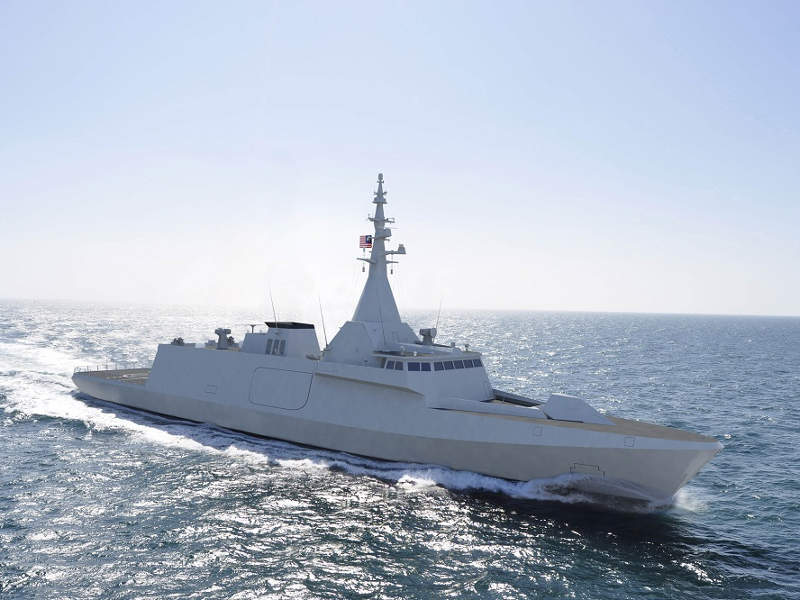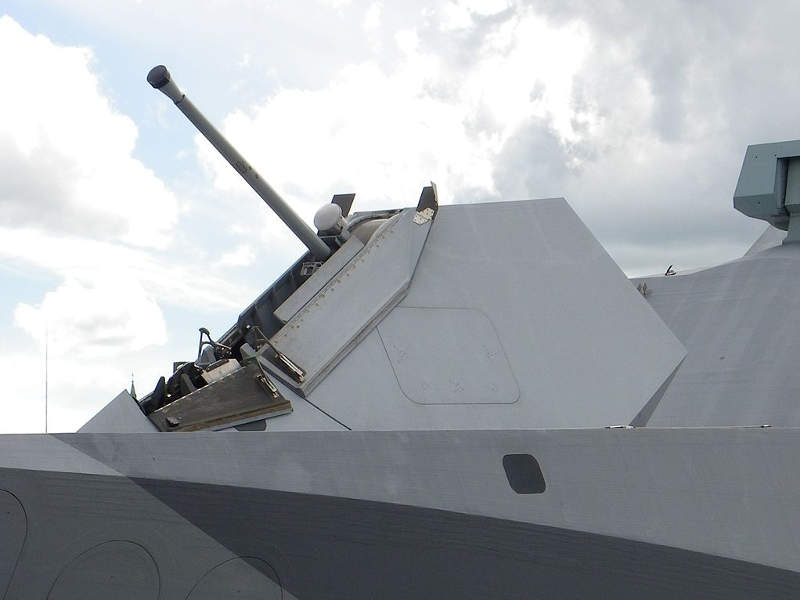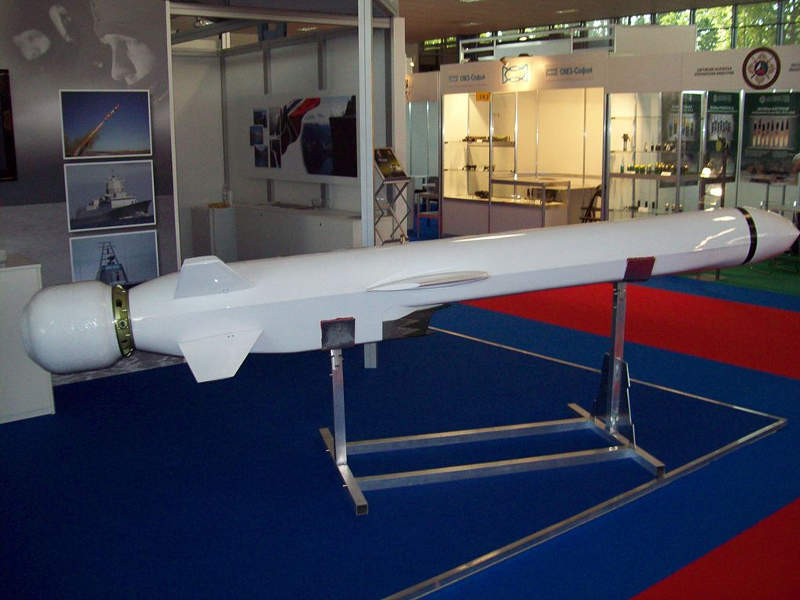The Maharaja Lela Class littoral combat ships (LCS) are built by Boustead Naval Shipyard (BNS) for the Royal Malaysian Navy (RMN). The ships are also referred to as second-generation patrol vessels (SGPV).
In July 2014, the Ministry of Defence (MoD) of Malaysia placed a contract worth approximately $2.8bn with BNS for the construction of six LCS platforms. The official rendering of the LCS was unveiled by the RMN in August 2014.
The keel for the first vessel in class, Maharaja Lela (2501), was laid at BNS in Lumut in March 2016. The ship was launched in August 2017 and scheduled to enter service with the RMN in 2019. The keel for the second ship was laid in February 2017.
The LCS platforms are intended to perform littoral patrol and surveillance, protection of exclusive economic zone (EEZ), search-and-rescue (SAR), and anti-surface, anti-submarine and anti-air warfare missions.
Maharaja Lela-class design details
The warship is based on the design of the Gowind 2500 corvette developed by Naval Group (formerly DCNS). The stealth platform offers a reduced radar cross-section (RCS) and acoustic, infrared and magnetic signatures.
It has an overall length of 111m, overall beam of 16m and hull draught of 3.8m. It has a displacement of 3,100t and can carry a crew of 118.
The LSC features an aft helicopter deck to support the operations of a single helicopter with a maximum take-off weight (MTOW) of 10t and a range of unmanned aerial vehicles (UAVs).
Weapon systems on board Malaysian Navy’s SGPVs
The main gun fitted on the forward bow deck will be a BAE Systems Mk3 57mm equipped with a fully automatic, computerised loading system. It will be accommodated in a stealthy turret to reduce the vessel’s radar cross-section. The gun can handle 120 ready-to-fire rounds, fire at a maximum rate of four rounds a second and engage targets at a maximum distance of 17km.
The vessel will also be armed with a 16-cell Sylver (SYstème de Lancement VERtical) vertical launching system (VLS), for firing short-range surface-to-air missiles, and two quadruple launchers for Kongsberg Naval Strike Missile (NSM). The NSM can strike sea and land-based targets at a range exceeding 200km.
Two DS30M Mark 2 cannons and two triple-tube J+S lightweight torpedo launchers for firing Nato-compatible lightweight torpedoes will also be included on the vessel.
Sensors and radars on board LCS
The vessel will be installed with two SharpEye Doppler radars, a Smart-S Mk2 3-D surveillance radar, and Captas-2 low-frequency active and passive variable-depth sonar. The Smart-S radar detects and tracks small surface targets, helicopters and anti-ship missiles within a maximum range of 250km.
Other systems on board the vessel will include two Rheinmetall TMX/EO Mk2 fire-control radars and a TMEO Mk2 electro-optical tracking system.
Communications and countermeasures
The communications will be complemented by R&S NAVICS next-generation integrated communication systems suite, including voice and mobile voice terminals with state-of-the-art intuitive graphical user interfaces.
Self-defence against hostile threats will be provided by a Super Barricade decoy system and Thales Vigile radar electronic support measures (RESM) system.
Propulsion of Maharaja Lela-Class
The Maharaja Lela-Class will be equipped with a combined diesel and diesel (CODAD) propulsion system integrating four MTU diesel engines driving two variable pitch propellers through two shafts.
Its propulsion system will provide a maximum operational speed of 28k and range of 5,000nmi at an economical speed of 15k.






